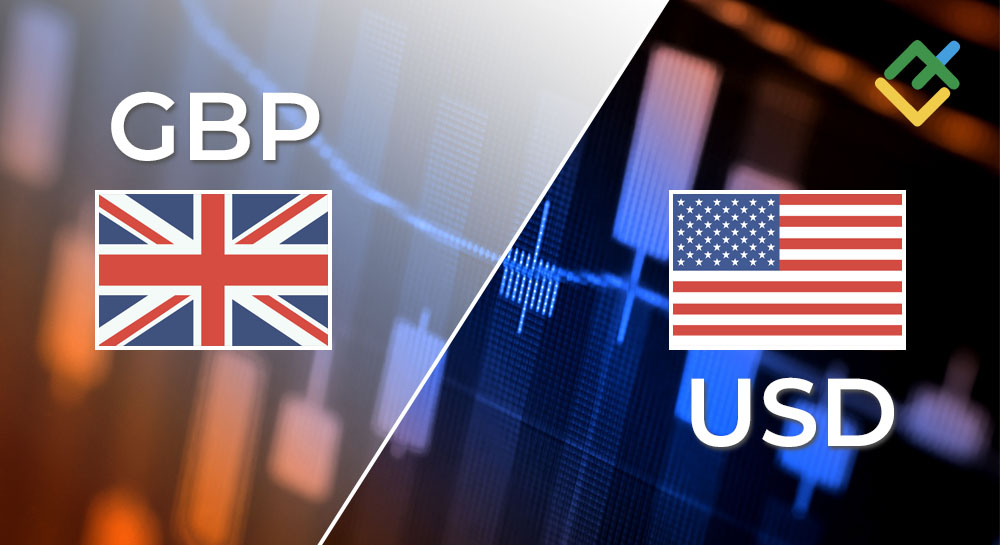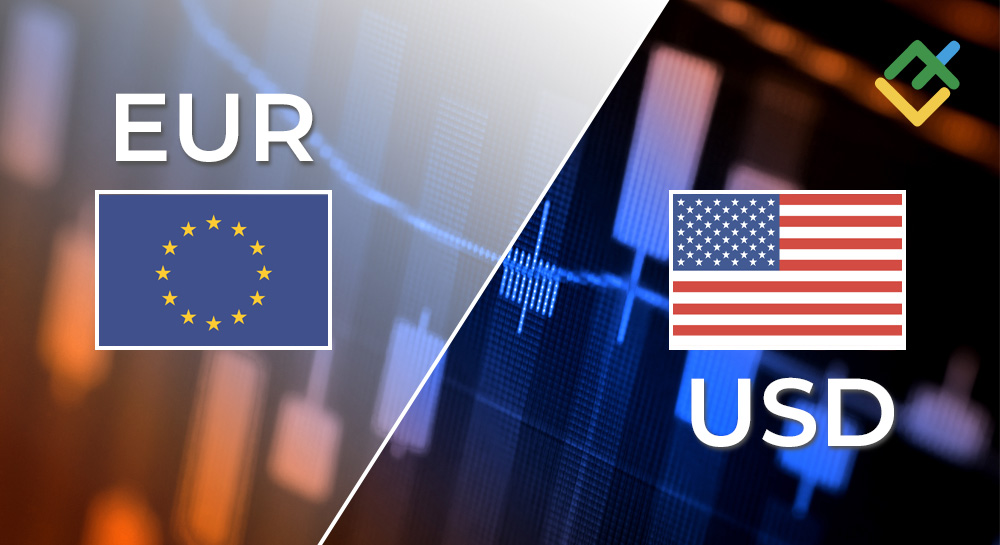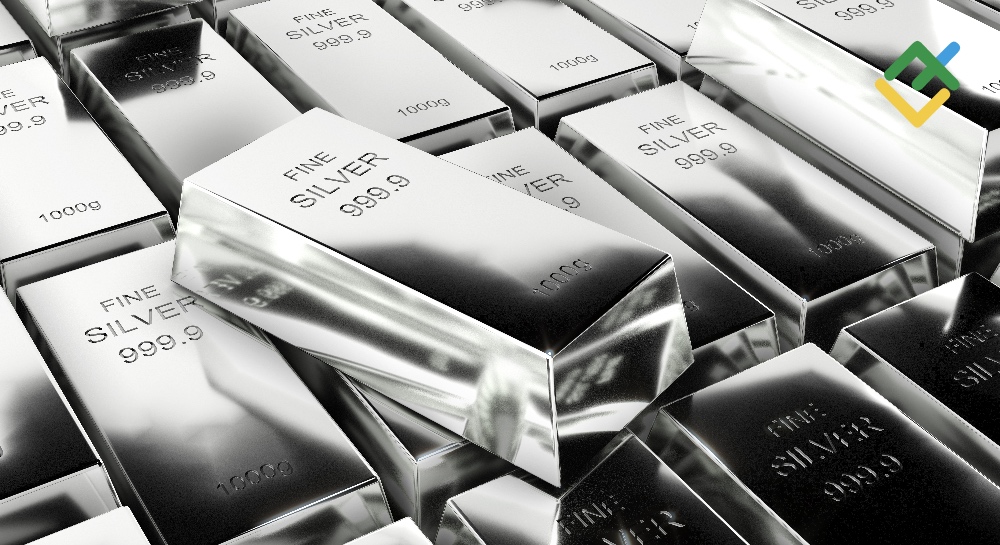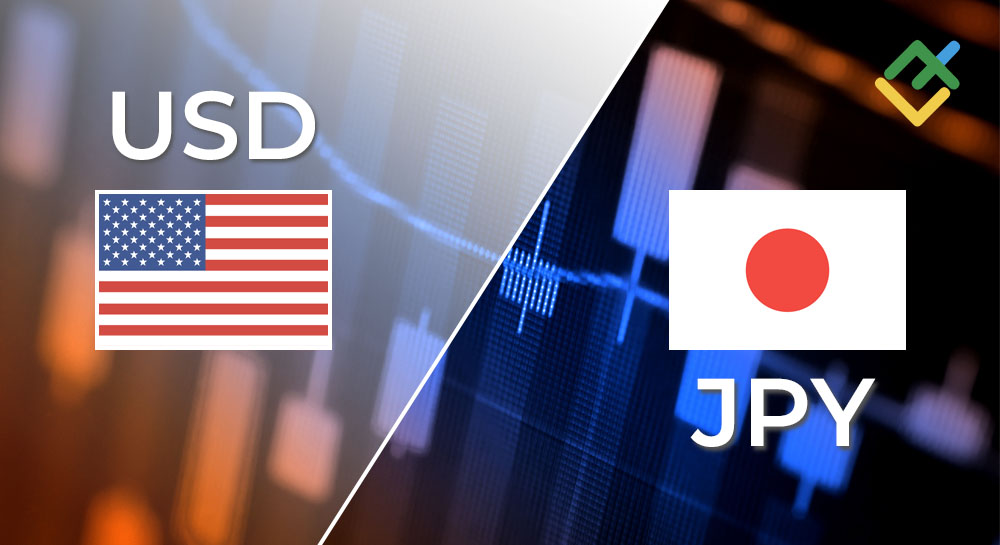Trade wars are back in the spotlight in 2025, and once again, markets are on edge. What’s different this time is how trade wars are affecting safe haven assets, traditionally viewed as stable during uncertainty. Gold, the Japanese yen, U.S. Treasuries, and the Swiss franc used to be predictable go-to shelters. Today, they’re showing erratic behavior.
The rise in geopolitical tensions and market reactions is creating unusual turbulence even in these conservative instruments. The impact of trade wars on gold and the broader scope of safe haven currency fluctuations is no longer linear.
This article explores how investor behavior during economic uncertainty is reshaping our understanding of safety in financial markets.
Why Safe Haven Assets Are Behaving Differently in 2025?
Safe haven assets exist to preserve capital during uncertainty. But trade wars are making this safety less reliable.
The U.S. has reignited tariff battles with both the EU and China. In response, China is using rare earth export bans, and the EU has introduced retaliatory tariffs on U.S. agriculture and tech. These policy shifts have real-time effects on commodity prices and currency values. Trade wars are affecting safe haven assets by injecting unpredictable volatility, and investors are caught off guard.
For example, when the U.S. announced a 50% tariff on European electric vehicles, gold initially surged. But the following day, it plunged as the dollar strengthened. Such swings are now common.
This volatility is fueled by two forces:
- Central banks trying to balance inflation with recession fears
- Algorithmic trading reacting within milliseconds to trade war headlines
Investors used to flock to safe havens during geopolitical tensions and market reactions. Now, they hesitate. The uncertainty in investor behavior during economic uncertainty is changing how these assets behave.
The Impact of Trade Wars on Gold Prices
Gold is historically the first asset investors turn to when markets panic. However, the impact of trade wars on gold in 2025 is unlike anything we’ve seen before.
In early 2025, gold crossed $2,500 per ounce amid rising U.S.-China tensions. But when diplomatic negotiations resumed, it lost over $150 in a matter of days. These price swings reflect not just fear or optimism—but confusion. Trade wars are affecting safe haven assets like gold by tying their value to rapidly changing policy headlines.
Several factors are fueling gold’s volatility:
- Supply chain disruptions for gold mining operations
- Shifts in central bank gold buying strategies
- Retail investor sentiment swaying with geopolitical news
For instance, when India imposed tariffs on Swiss watches in retaliation for EU trade policies, investors feared a decline in luxury demand. This, oddly enough, sent gold prices down as luxury-related gold demand seemed uncertain.
What’s more, investor behavior during economic uncertainty is now hyper-reactive. Social media-driven panic can cause $100 moves in gold within hours. Gold, once the calm anchor of portfolios, now mirrors the same unpredictability that it was meant to shield against.
Safe Haven Currency Fluctuations in a Trade War World
Currencies like the Japanese yen, Swiss franc, and even the U.S. dollar used to be stable bets. Not anymore. Safe haven currency fluctuations are now the norm as trade wars influence central bank policies and capital flows.
The Japanese yen traditionally rises during global stress. Yet in 2025, Japan’s dependence on Chinese imports has made the yen more volatile. When China restricted semiconductor exports to Japan, the yen fell sharply instead of rising.
Similar surprises have hit the Swiss franc. Switzerland, often neutral, got pulled into the EU-U.S. trade conflict due to its reliance on both markets. The result? The franc experienced a 3% intraday move in March 2025—highly unusual for a supposed “safe” currency.
These examples show how trade wars are affecting safe haven assets across currency markets. Investors used to trust these currencies to remain stable. But geopolitical tensions and market reactions now cause them to swing wildly.
This inconsistency stems from:
- Conflicting central bank strategies across countries
- Sudden capital flight driven by protectionist announcements
- FX markets being heavily influenced by AI-driven trading bots
Investor behavior during economic uncertainty is changing. Traders are now hedging safe haven currencies—an ironic but necessary adaptation in today’s market.
Bond Markets and the Myth of Treasury Safety
U.S. Treasuries are considered the backbone of safe investments. But trade wars are affecting safe haven assets like Treasuries as well. The impact comes from inflation.
Tariffs increase prices on imports, which leads to inflation. Inflation then erodes bond yields. In response, the Federal Reserve raises rates. This causes older bonds to fall in value.
In 2025, the U.S. imposed heavy tariffs on imported rare earth metals, pushing up the cost of American electronics. Inflation rose to 4.2%—well above the Fed’s 2% target. Investors dumped Treasuries anticipating aggressive Fed moves.
That month, the 10-year Treasury yield spiked to 5%, and bond prices plummeted. It sent shockwaves through bond ETFs and retirement portfolios alike.
The myth of Treasury safety has been cracked. Geopolitical tensions and market reactions now cause bonds to behave like equities—volatile, reactive, and sentiment-driven. Investor behavior during economic uncertainty has evolved. No longer do Treasuries represent safety—they now require active management.
Silver and Other Hybrid Havens React to Tariff Chaos
Silver occupies a strange place in the safe haven hierarchy. It is both a precious metal and an industrial one. This dual identity makes it especially sensitive to trade disputes.
In 2025, silver prices reacted sharply to a trade war between the U.S. and South Korea involving battery components. Since silver is used in EV batteries and solar panels, tariffs immediately impacted demand forecasts.
Silver rose 8% in anticipation of more green tech investment in India. Days later, it fell 10% when U.S. tariffs raised input costs for manufacturers, halting production.
Trade wars are affecting safe haven assets like silver by distorting its supply-demand dynamics. Investors must now consider both macroeconomic and industrial variables. That’s a new skill set for many traditional traders.
This hybrid nature also makes silver a litmus test for investor behavior during economic uncertainty. Some investors buy it for its gold-like qualities. Others sell it due to fears of industrial slowdown.
In either case, silver’s volatility highlights how deeply trade wars influence asset classes that straddle categories.
Crypto and Gold-Backed Stablecoins: Safe or Speculative?
The rise of cryptocurrencies as modern safe haven alternatives adds complexity to the 2025 financial landscape. Bitcoin surged in early 2025 during U.S.-China tensions, briefly reaching $85,000. But when Chinese regulators blocked crypto transactions with U.S.-sanctioned firms, the price fell 35% in a week.
Some turned to gold-backed stablecoins like PAXG, hoping for digital safety. But trade-related blockchain restrictions in the EU reduced access to these tokens, causing temporary depegging.
This shows how trade wars are affecting safe haven assets in the digital age. Even tokenized gold is no longer immune to geopolitical tensions and market reactions. Investors are now realizing that while these assets are innovative, they are not protected from policy shocks.
Investor behavior during economic uncertainty in crypto markets is especially volatile. Retail traders often react emotionally, creating rapid and exaggerated price movements.
These dynamics mean digital safe havens behave more like tech stocks than traditional shelters. The idea of a stable digital asset is still aspirational.
What This Means for Traders and Investors in 2025?
Investors must rethink safety. Trade wars are affecting safe haven assets in ways that challenge decades of assumptions. In this environment, agility matters more than tradition.
Here’s how to adapt:
- Diversify across safe havens: Don’t rely solely on gold or Treasuries. Combine them with currencies, digital assets, and commodities.
- Watch geopolitics daily: Policy changes can have immediate asset price effects.
- Use options and volatility hedges: Trade volatility instead of fearing it.
- Study investor behavior: Crowd sentiment moves faster than fundamentals now.
- Follow central banks closely: Their reactions to trade-driven inflation or deflation will guide asset performance.
Understanding how geopolitical tensions and market reactions affect traditional safety nets is now a requirement—not a luxury. Those who adapt will survive. Those who don’t may find their “safe” portfolios losing value faster than riskier bets.
Conclusion: There’s No “Safe” Without Strategy
In 2025, the phrase “safe haven” no longer guarantees protection. Trade wars are affecting safe haven assets across the board—gold, currencies, bonds, and even crypto. The impact of trade wars on gold has become less predictable.
Safe haven currency fluctuations are no longer calm and steady. Geopolitical tensions and market reactions are now core drivers of price action, not side notes. Investor behavior during economic uncertainty has become more reactionary, more emotional, and far more data-driven.
To navigate this new era, investors must combine traditional knowledge with modern tools. Safety now lies not in assets, but in strategy.
Click here to read our latest article What Is Causing the Global Silver Shortage in 2025?
This post is originally published on EDGE-FOREX.








